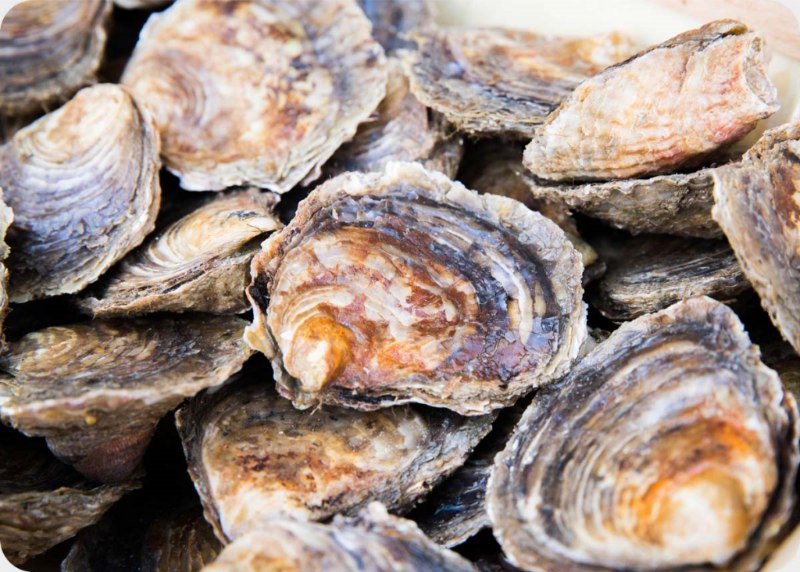There are two types of oyster here in Chichester Harbour – native oysters and pacific oysters. But what is the difference, and why does it matter?
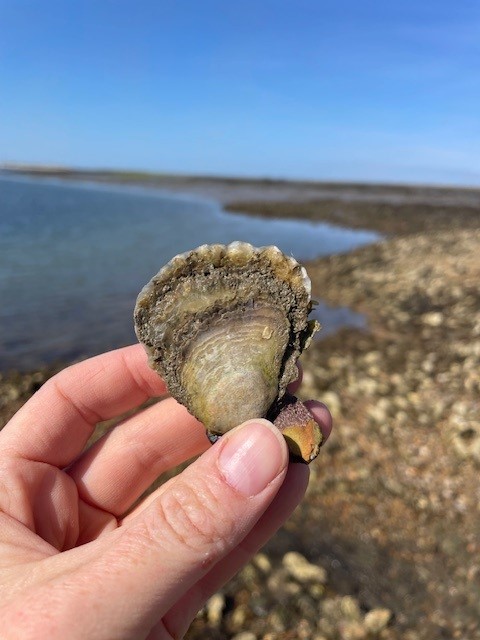
Native Oysters
Native oysters were abundant here for thousands of years, supporting a thriving commercial fishery. But populations plummeted by 95% due to factors including over-fishing, habitat loss, predation, pollution and invasive non-native species. The Solent Seascape Project is looking to restore native oyster populations across the Solent, including here in Chichester Harbour.
They are an important part of a thriving ecosystem and bring significant environmental benefits including for water quality. One oyster alone can filter up to 200 litres of water per day. They also remove nitrogen, sequester carbon and provide habitats for other marine life.
Pacific Oysters
Meanwhile, populations of pacific oysters have expanded. They were first introduced to Britain in the 1890s for aquaculture (to farm). Further introductions were made to bolster declining native oyster fisheries and they have since become established wild along our coastline.
In Chichester Harbour, you can see them in the intertidal zone, forming shallow reefs exposed at low water.
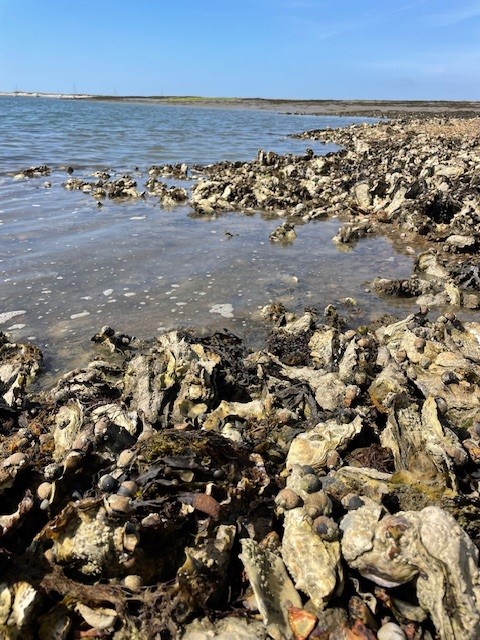
How to identify pacific and native oysters
Native oyster
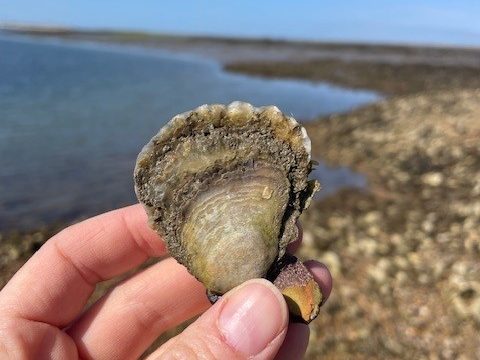
- More round/oval
- Flat on one side
- Striations on the other side
- Concentric rings
Pacific Oyster
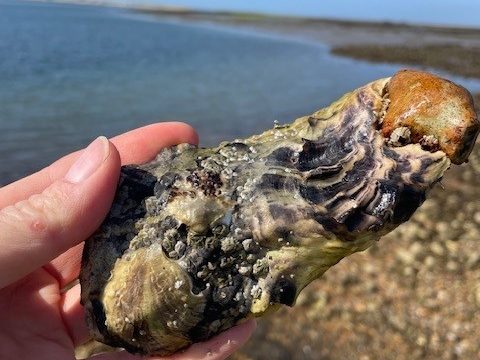
- More elongated
- Wavy/bumpy surface
- Can be quite sharp
- Less regular in shape
Watch the video guide:
This short video provides a guide to the difference between the two oyster species.
More on the Pacific Oyster
Although they are a non-native species, the pacific oyster does provide some benefits to the coastal ecosystem:
- Filtering water
- Habitat for many other species
However there is concern that they encroach on intertidal mud flats – also an important harbour habitat.
Watch this short video to find out more.
They are also sometimes referred to as “Rock Oysters”.
So why restore native oysters?
As Dr Luke Helmer says in the video, pacific oysters do provide some ecosystem services, but only in the intertidal area. We need native oysters back in the harbour as a sub-tidal (below the low water mark) habitat. As well as providing homes and shelter for a large number of marine species, from small fish and seahorses, to marine plants, anemones and seaweeds native oyster reefs improve water quality and connectivity between harbour habitats like saltmarsh and seagrass meadows.
